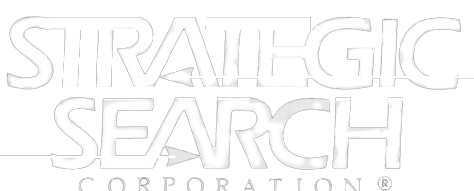 As a Research & Development (R&D) recruiter, I am constantly searching for cutting edge technology. In one of my past articles “Engineering Innovation, The Real Way To Create More Jobs: Part 3 of 3“ I cited the Innovation Lab at the Harold Washington or main branch of the Chicago Public Library. One of its major assets is a 3-D printer and classes to teach its use. Such 3-D printers are becoming the cornerstone of many R&D breakthroughs that are revolutionizing numerous fields, including prosthetics, surgery, architecture and manufacturing.
As a Research & Development (R&D) recruiter, I am constantly searching for cutting edge technology. In one of my past articles “Engineering Innovation, The Real Way To Create More Jobs: Part 3 of 3“ I cited the Innovation Lab at the Harold Washington or main branch of the Chicago Public Library. One of its major assets is a 3-D printer and classes to teach its use. Such 3-D printers are becoming the cornerstone of many R&D breakthroughs that are revolutionizing numerous fields, including prosthetics, surgery, architecture and manufacturing.
One example is 10-year-old Anastasia Rivas’s new left hand that came as a result of a 3-D printer! Unluckily, Anastasia was born with amniotic band syndrome, in which strands of amniotic membrane get attached to and tangled up with the fetus leading to congenital abnormalities. In Anastasia’s case, her left arm ended in a tiny, partial palm and button-like buds of fingers.
Unfortunately, a standard prosthesis could cost Anastasia’s family up to $60,000 and become obsolete in 6-8 months since she is a fast growing child. This would create even exponentially greater expense for her family. Fortunately, her new hand was created for only $2,000 and can be replaced at a fraction of that cost as she outgrows it. All of this was made possible with a 3-D printer, which can build a three-dimensional object by laying down ultrathin layers of material, one at a time!
3-D printing isn’t new. Its technology has been around since 1980, but only in the last few years has it become possible to re-create more commonly found objects in everyday life. This has included 3-D-printed custom toys, jewelry, iPhone cases and even a drivable electric car!
 This car was spotlighted at the recently concluded International Manufacturing Technology Show, which is held every two years at McCormick Place in Chicago. During this show a lot of focus was on how manufacturers could improve 3-D printing. To demonstrate the possibilities of using 3-D printing for large-scale manufacturing, three major R&D organizations teamed up: a) Phoenix-based vehicle-maker Local Motors, b) Oak Ridge National Laboratory and c) Ohio-based machine maker Cincinnati Inc. to create a 3-D printed-car. The vehicle, called Strati is an electric two-seater printed out of plastic and carbon fiber.
This car was spotlighted at the recently concluded International Manufacturing Technology Show, which is held every two years at McCormick Place in Chicago. During this show a lot of focus was on how manufacturers could improve 3-D printing. To demonstrate the possibilities of using 3-D printing for large-scale manufacturing, three major R&D organizations teamed up: a) Phoenix-based vehicle-maker Local Motors, b) Oak Ridge National Laboratory and c) Ohio-based machine maker Cincinnati Inc. to create a 3-D printed-car. The vehicle, called Strati is an electric two-seater printed out of plastic and carbon fiber.
These are all reasons why President Obama has emphasized 3-D printing as part of his Digital Manufacturing Initiative. Furthermore, I have heard from many engineering recruiters, engineering recruitment agencies, scientific recruiters, scientific recruitment agencies, technical recruiters and technical recruitment agencies that 3-D printing is a skill in high demand today. In fact, at a recently concluded executive recruiting conference, 3-D printing was spotlighted! Executive recruiters from most firms in attendance sang its praises.
What are your findings?




One Response
Very interesting. I believe that 3D printing is only at the very beginning of the vast changes and impacts that it will help usher in.
Comments are closed.